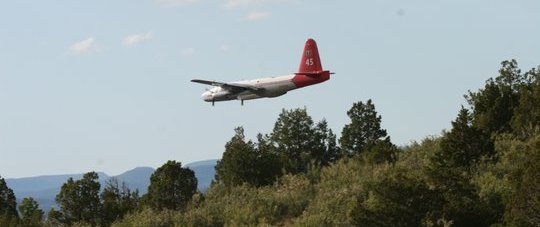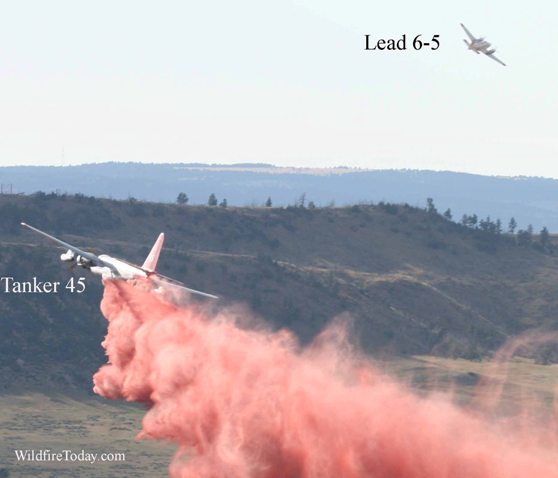A new study from the University of Georgia found that lung function decreases for firefighters who work on prescribed fires for multiple days and are exposed to smoke. Further, it showed that respiratory functions slowly declined over a 10-week season.
Unfortunately, even though the study was probably funded by taxpayers, you will have to pay a second time see the study’s results. It will cost you $41 to purchase the article that contains the detailed findings uncovered during the research. The University of Georgia decided to pay a private journal to publish the article, rather than placing it on the

University’s web site for free. We have written previously about taxpayers not being able to access taxpayer-funded research. Why does the government continue to fund research, if the product of the research is not made available? A call to Luke Naeher, the senior author of the study, was not immediately returned.
Here is a summary of the report, which thankfully, is provided by the University of Georgia at no cost.
==========================================================
December 5, 2011
After monitoring firefighters working at prescribed burns in the southeastern United States, University of Georgia researchers found that lung function decreased with successive days of exposure to smoke and other particulate matter.
“What we found suggested a decline in lung function across work seasons,” said Olorunfemi Adetona, a postdoctoral research associate and lead author of the study published recently in the journal Inhalation Toxicology.
Luke Naeher, senior author and associate professor in the UGA College of Public Health, explained that the study was designed to investigate whether the 26 firefighters experienced a decrease in lung function working at prescribed burns compared with days they spent away from the fires. Previously, researchers had looked only at changes in lung function of wildland firefighters on days with exposure to smoke.
“Over a 10-week season, these workers’ respiratory functions slowly declined,” Naeher said, adding that there is need to investigate the degree to which these declines returned to their baseline after the burn season. Although results of the study show that lung function at the start of two burn seasons in a limited number of nine firefighters in 2003 and 2004 did not vary significantly, more definitive answers relating to the issue of longer term effect of exposure on lung function would require a different study design.
In recent years, the U.S. Forest Service has sought to better understand and improve its occupational exposure limits for firefighters across the country. Most studies have concentrated on burns in Western states where exposure to and composition of wood-smoke particulate matter may vary to some degree when compared with fires in the Southeast, including South Carolina, where the study was done.
Naeher said the study provides some preliminary information regarding the health effects of fine particulate matter exposure that is intermediate between two exposure extremes. On the low extreme lies ambient air levels typical for developed countries, while inhalation of particles by a smoker represents the opposite extreme. Much research in the field has focused on health effects at both extremes. However, the study of exposure at intermediate levels, like that experienced by wildland firefighters, and women and children exposed to indoor air pollution from cook stoves in developing countries is limited. Naeher’s research focuses on these two different populations, and he explains that the study of the body’s response tothese intermediate exposures may now be more urgent. For example, Naeher said, an initiative led by the United Nations Foundation aims to put clean-burning cooking stoves in 100 million homes in developing countries by 2020.
===============================================================
UPDATE: We heard from Luke Naeher on December 14, 2011. He told us that the research was funded by the University of Georgia, and the Department of Energy-Savannah River Operations Office through the U.S. Forest Service. He sent us copies of two research papers that were published in journals owned by Informa, a company with their head office in Switzerland: Personal PM2.5 Exposure Among Wildland Firefighers Working at Prescribed Forest Burns in Southeastern United States, and Lung function changes in wildland firefighters working at prescribed burns. Mr. Naeher said he cannot change the system in place for reporting science in the peer-review literature, but he will always share his published work freely with anybody who asks









